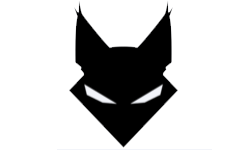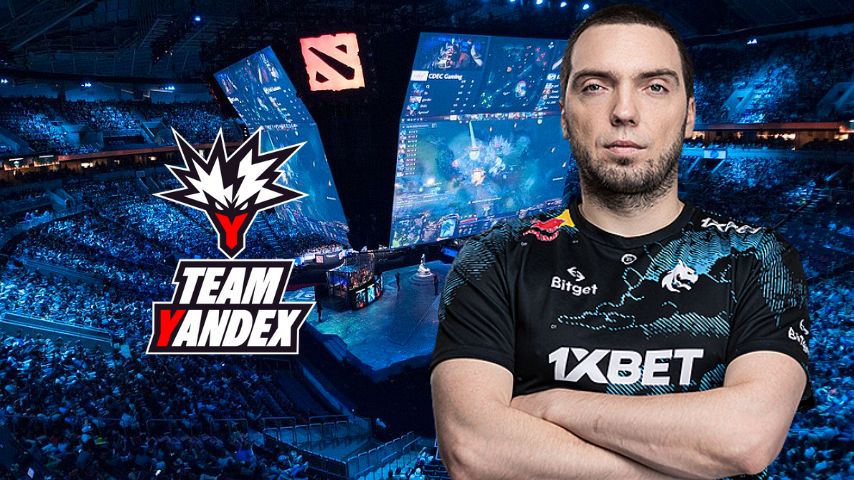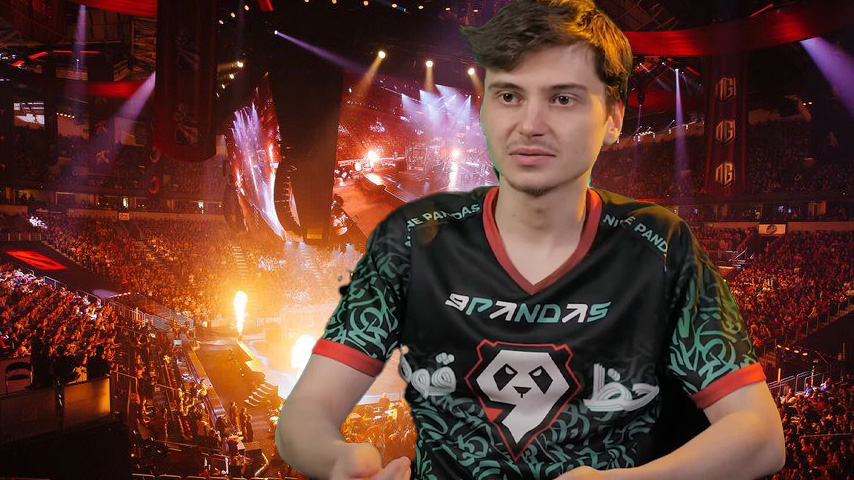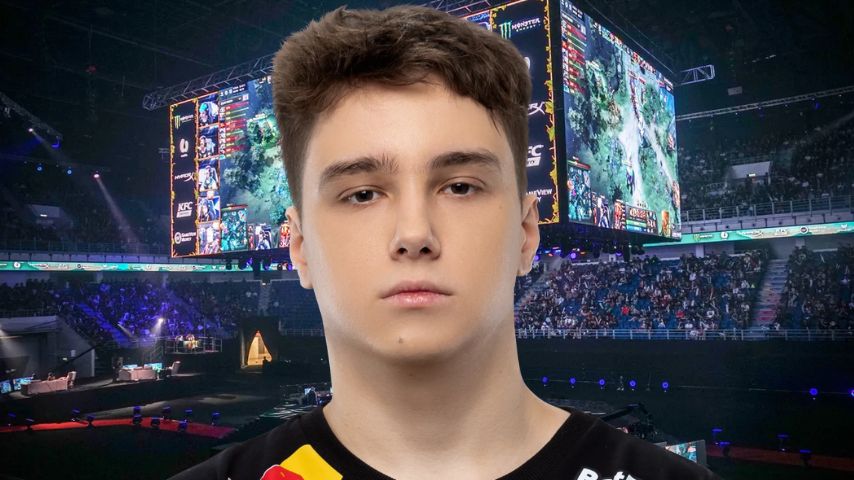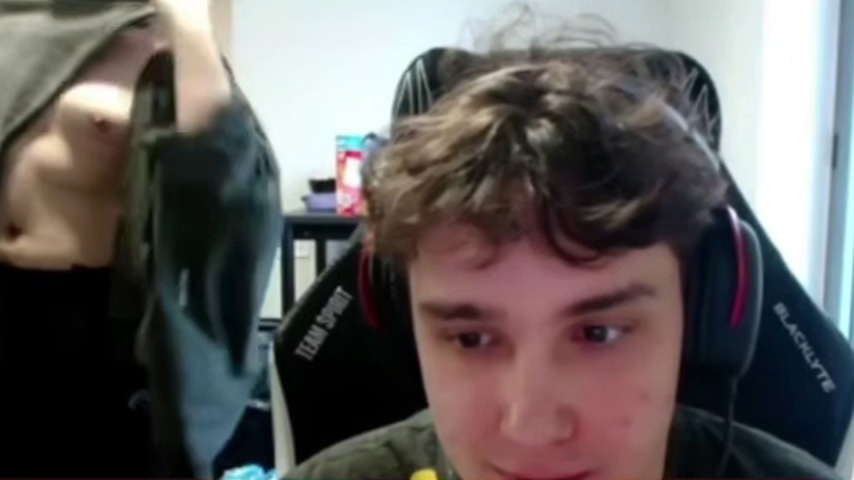DOTA: Dragon's Blood - short review
Author: Hawk Live LLC
Last updated:

Netflix's anime series, "DOTA: Dragon's Blood," gathers together a bunch of multiple fragments to form a series that is a good way to kill time, but impossible to get into.
The story in Dota 2 is not the main attraction of the game, but given that each of the 122 playable heroes, demons, and godlike entities has their own personal backstory, it's easy to wonder what it would look like if they were all combined into a single narrative.
The Dragon's Blood anime series, developed by “X-Men: First Class” and “Thor” co-creator Ashley Edward Miller, doesn't hide from the messiness of DOTA, but it sensibly starts out simple. The plot premise is taken from the game: two aspects of the same omnipotent mind use all kinds of powerful warriors to wage war against each other over the philosophical question of whether acting or thinking is better. After briefly introducing this idea, Dragon's Blood tells the story of Davion, a young member of the Order of the Dragon Knights who is dedicated to hunting monsters. It's not the most interesting choice among DOTA's 122 characters, but Davion's story is one of the most believable storylines in the game, so it makes sense to start there.
Season One (Book One)
As early as the first episode, however, Dragon's Blood begins to pull some lingering threads from the DOTA game, and at first, it pays off. The series begins with a spunky dragon fight in which Davion demonstrates his hunting skills in front of a crowd, encouraged by his squire Bram. The action scenes are well directed, even when the animation by Mir Studios ("The Legend of Korra") isn't fluid enough to keep up with some of the director's tricks.

After meeting at a tavern with the moon kingdom princess Mirana and her mute assistant Marcy, Davion becomes embroiled in a search for magical lotuses stolen from the kingdom of Selemene, the usurper goddess of the moon. This happens minutes before Davion himself contacts the dragon Slyrak and fights the powerful demon Terrorblade.
The story only gets more convoluted as a result of too many storylines to keep track of. The main storylines of the first season are the intertwined stories of Davion trying to exorcise the dragon from his body and Mirana trying to recover the lotuses, which relate to the long-standing conflict between Selemene and the followers of the goddess she overthrew.
The anime feels most comfortable following Davion and Mirana's relationship. They both believe in the order to which they have committed themselves, and for both of them, that belief fluctuates intriguingly. The writers have put some depth into how the different characters react to having their faith put to the test. Marci also acts as a funny character, garnering a sea of applause for a cool fight scene or facial mimicry. Davion and Mirana's casual conversations and flirtations are a more entertaining part of the season than their backstories.
But when the story deviates from this trio, it loses focus in favor of piling up layer after layer of plot. Davion, Mirana, and Marci eventually have to search for Invoker, a powerful sorcerer who has sustained his life through magic long enough to know almost every kind of magic. Of all the main characters in the game, Invoker's image seems the furthest from the original, and he is given the least interesting story. After another short side story in which Mirana encounters the glowing red stone and the zombies, it drove mad lasts only one episode, after which it is discarded. DOTA players will understand that this is probably meant to lay down a storyline for something in the future, but newcomers will have a hard time understanding it.

More importantly, while these plot threads offer ways to showcase gameplay elements like Town Portal scrolls and Gems of True Sight, as well as give the DOTA characters a richer world, they don't do enough to make this fantasy world stand out from others. Elves used as a metaphor for racism, men waking up next to prostitutes whose names they can't remember, women facing the risk of being sold into slavery and who would be surprised by that?
Season Two (Book Two)
The second season picks up where the first chapter of the animated series ended: after the battle with the elves, Davion is captured by the knights of the dragons order, led by the protagonist's mentor Kaden. The guy is taken to the fortress of the order to destroy the ancient dragon Slyrak sitting in him. The fallen goddess Selemene is defeated, but not killed: after a fight with Terrorblade, she is exhausted and is held captive by Invoker. Fymryn pursues Davion on his way to the dragon fortress. Mirana and Luna, exhausted from their fight with the enclave elves, make their way to the Silver Forest.

The second season immediately reveals a problem that the creators did not solve in a year of work on the sequel - a torn narrative with an unreasonably high pace.
The authors could not fix the problem, moreover, they exacerbated it. Additional characters and storylines were introduced into the plot, thereby shifting the focus to third-party heroes. Well, if they were interesting, then such an undertaking can only be praised, but in the case of the second season, everything turned out exactly the opposite.

In addition to the already existing arcs of Davion, Mirana, Luna, Invoker, Selemene, Fymryn and other prequel characters, the creators of the series throw in Lina, Rylai, Hieronimo, Helio Imperium, Kashurra and so on. Instead of revealing the characters of the original, we are encouraged to follow new arcs without bothering to add exposition where necessary.

The anime has a problem with this: most of the characters in the second season are driven only by the authors' desire to advance the plot. Sisters Lina and Rylai are a prime example of this. The first, necessary only for the disclosure of the new main villain, the mistress of Aysrak has prepared a much smaller role - she, like a Chekhov gun, shoots at the right moment and quickly leaves the scene, giving way to another minor character - Auros (Wyntern Wyvern).
Auros is one of the few new characters, which causes sympathy and interest. Unlike Rylai, the supreme dragon was adequately developed in the course of the plot and fit in quite harmoniously with the events. Unfortunately, the same cannot be said of the others, and they occupy the lion's share of the screen time.
Not only do the new characters have a weak hold on attention and don't fit into the story, they drag the old characters down. In the second season, the main characters of the first season Invoker, Selemene, and Terrorblade are given unfairly little time. As a result, the viewer gets literally a few scenes involving the aforementioned trio.

But what is worth noting is that the writers of the series have made the second season more spectacular compared to the first. The action scenes look good, the action is skillfully diluted with moments of calm. What also remains on top is the sound design. But the music has not changed from the first season.
Despite the shortcomings of the series, the second season still has positive aspects. One of the greatest strengths of the second chapter of the series is the fanservice and the Easter eggs.
In addition to the obvious flirtations with fans in the face of characters familiar from the universe, the authors of the series managed to put deeper references into it. Their main supplier is Invoker.
There is a scene where Invoker uses a spell known to all Dota 2 players - Sunstrike. You might think that the authors did not care about this episode, because the standard Sunstrike formula in Dota 2 is Exort, Exort, Exort, and in the series the character uses a combination of Wex, Quas, Exort. This is not a blooper.

In earlier versions of Defense of the Ancients, the Invoker had 27 spells. One of them was Soul Blast, a solar energy hit that was formed during the Wex, Quas, Exort sequence, which is exactly the magic the Invoker uses in the episode above. Invoker also uses teleportation spells, which he does not possess in the modern version of Dota 2, and he uses the same principle to teleport Fymryn to himself in the scene where he asks her to kill Selemene.
Another moment with the Invoker occurs in the conversation scene with Terrorblade. The demon shows the mage his versions from parallel worlds, several of them taken directly from Dota 2. Thus, we can see the canonical appearance of the Invoker without cosmetic items.
Conclusion
The second season of the animated series "DOTA: Dragon's Blood" came out torn, but was created with love for the original: the show creators wanted to show more than they could fit into a modest time, but managed to do justice to the fans of the game. Compared to the first season, the show added a lot of action, but the balance in the pace of the narrative is annoying in places.
DOTA: Dragon's Blood tries to sit on more than one chair, with love lines, political intrigue, and deity showdowns. It's hard for the series to keep the heat on, telling the stories of the main characters and revealing the subplots in a concise way.



